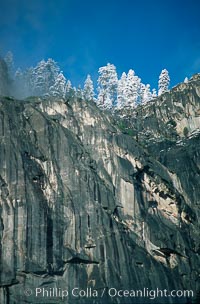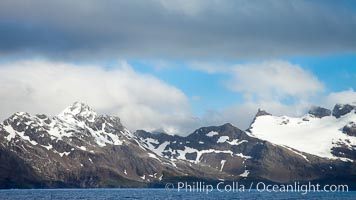
South Georgia Island coastline, showing the island's characteristic rugged topography. 56% of the island is covered by 161 glaciers, which have created numerous large bays and inlets that provide excellent habitat for marine animals and seabirds. Mountains meet the sea in steep-sided seacliffs covered with sparse vegetation. The highest point on South Georgia Island is Mt. Paget at 2,915m.
Location: South Georgia Island
Image ID: 24338
Location: South Georgia Island
Image ID: 24338
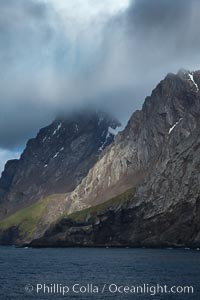
South Georgia Island coastline, showing the island's characteristic rugged topography. 56% of the island is covered by 161 glaciers, which have created numerous large bays and inlets that provide excellent habitat for marine animals and seabirds. Mountains meet the sea in steep-sided seacliffs covered with sparse vegetation. The highest point on South Georgia Island is Mt. Paget at 2,915m.
Location: South Georgia Island
Image ID: 24360
Location: South Georgia Island
Image ID: 24360
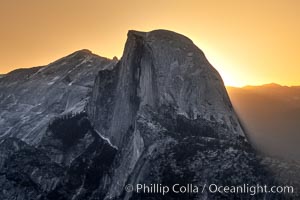
Half Dome at sunrise, viewed from Glacier Point.
Location: Yosemite National Park, California
Image ID: 27738
Location: Yosemite National Park, California
Image ID: 27738
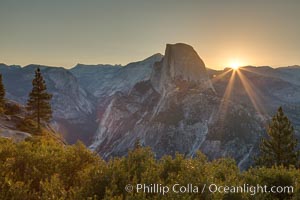
Half Dome at sunrise, viewed from Glacier Point.
Location: Glacier Point, Yosemite National Park, California
Image ID: 27953
Location: Glacier Point, Yosemite National Park, California
Image ID: 27953
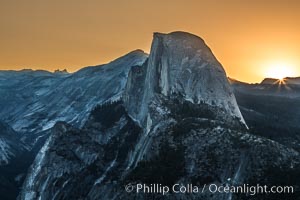
Half Dome at sunrise, viewed from Glacier Point.
Location: Glacier Point, Yosemite National Park, California
Image ID: 27954
Location: Glacier Point, Yosemite National Park, California
Image ID: 27954
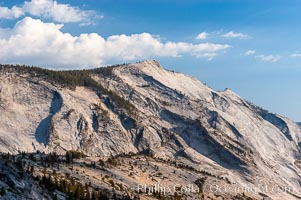
Clouds Rest viewed from Olmsted Point. Clouds Rest is one of the most massive -- if not the singlemost massive -- granite monoliths in the world. A vast lobe of Mesozoic-era granodiorite magma cooled to rock and was gradually uplifted to its present altitude of 9926 ft. Later, glaciers cut it into its present shape.
Location: Yosemite National Park, California
Image ID: 09964
Location: Yosemite National Park, California
Image ID: 09964
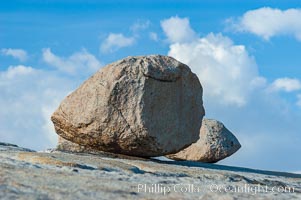
Glacial erratics atop Olmsted Point. Erratics are huge boulders left behind by the passing of glaciers which carved the granite surroundings into their present-day form.
Location: Yosemite National Park, California
Image ID: 09967
Location: Yosemite National Park, California
Image ID: 09967
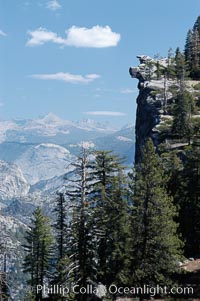
Glacier Point cliffs viewed from Four Mile Trail.
Location: Yosemite National Park, California
Image ID: 07663
Location: Yosemite National Park, California
Image ID: 07663
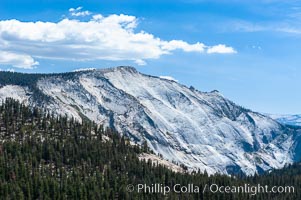
Clouds Rest viewed from Olmsted Point. Clouds Rest is one of the most massive -- if not the singlemost massive -- granite monoliths in the world. A vast lobe of Mesozoic-era granodiorite magma cooled to rock and was gradually uplifted to its present altitude of 9926 ft. Later, glaciers cut it into its present shape.
Location: Yosemite National Park, California
Image ID: 09961
Location: Yosemite National Park, California
Image ID: 09961
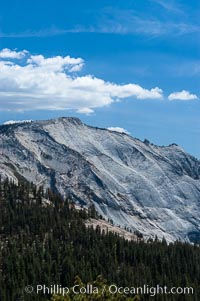
Clouds Rest viewed from Olmsted Point. Clouds Rest is one of the most massive -- if not the singlemost massive -- granite monoliths in the world. A vast lobe of Mesozoic-era granodiorite magma cooled to rock and was gradually uplifted to its present altitude of 9926 ft. Later, glaciers cut it into its present shape.
Location: Yosemite National Park, California
Image ID: 09962
Location: Yosemite National Park, California
Image ID: 09962
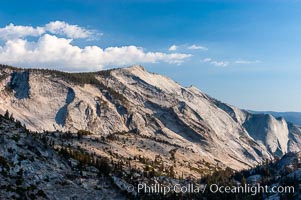
Clouds Rest viewed from Olmsted Point. Clouds Rest is one of the most massive -- if not the singlemost massive -- granite monoliths in the world. A vast lobe of Mesozoic-era granodiorite magma cooled to rock and was gradually uplifted to its present altitude of 9926 ft. Later, glaciers cut it into its present shape.
Location: Yosemite National Park, California
Image ID: 09963
Location: Yosemite National Park, California
Image ID: 09963
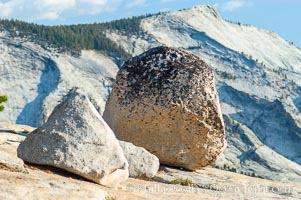
Glacial erratics atop Olmsted Point, with Clouds Rest in the background. Erratics are huge boulders left behind by the passing of glaciers which carved the granite surroundings into their present-day form.
Location: Yosemite National Park, California
Image ID: 09968
Location: Yosemite National Park, California
Image ID: 09968
